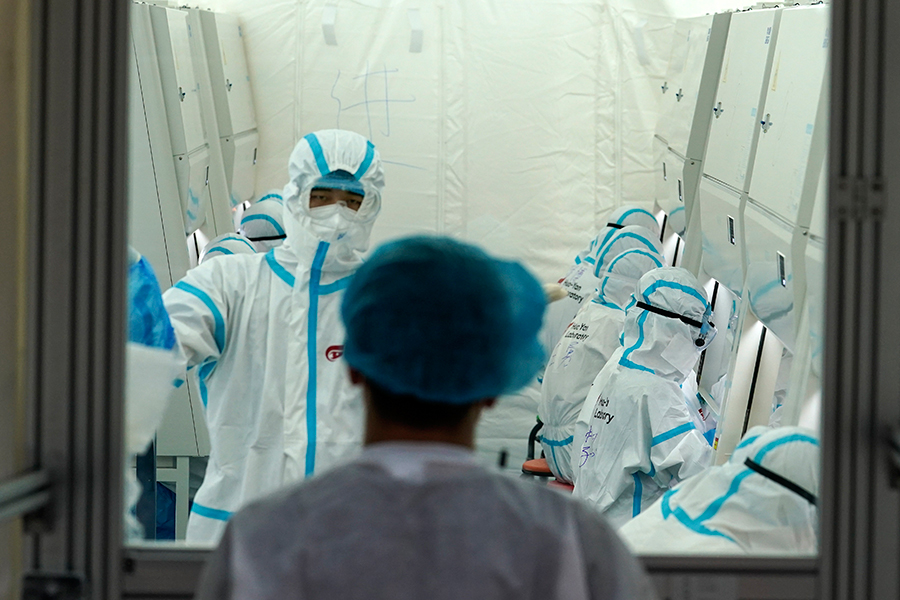Swift action puts Beijing on road to recovery


A total of 2,224 sampling points are in operation every day at 443 locations across the city, 7,589 medical workers have been mobilized, and the number of daily samples has reached 1.21 million.
The city has also mobilized some 400,000 community staff members and volunteers to assist testing sites and provide services.
Zhang said, "Beijing will continue to offer tests to all those who should have them and also to people who want to be tested."
Cases falling
With strict measures taken and prevention work carried out to contain the outbreak, life in the capital is gradually returning to normal.
On Friday, the authorities said that from the following day residents in low-risk areas of the city no longer needed to present negative nucleic acid test results when leaving Beijing.
Pan Xuhong, deputy director of Beijing Public Security Bureau said, "The daily number of new confirmed cases in the city has fallen from 36 at the peak to single digits."
The number of new reported cases has remained at a low level, he added.
On June 30, the access ban at residential communities near the Xinfadi market was lifted, with residents able to enter and leave by showing a pass card and undergoing a temperature check.
Pang Xinghuo, deputy head of the Beijing Center for Disease Control and Prevention, said that since June 11, confirmed COVID-19 cases had been found at 47 communities in 11 districts in the city. At the peak, there were five high-risk communities and 39 with a medium level of risk.
By 3 pm on Saturday, there were two high-risk areas and 26 medium-risk communities in the city.
























